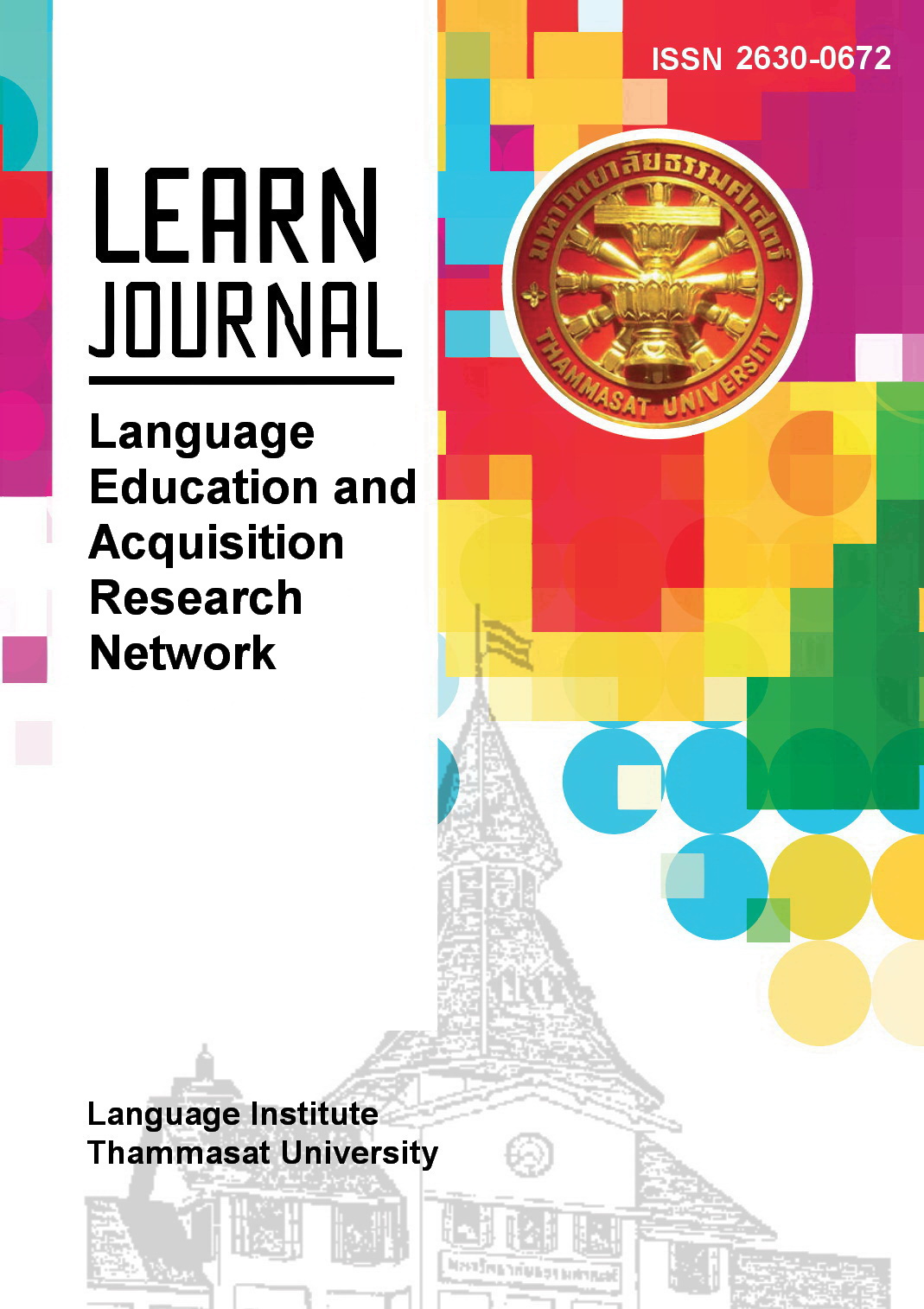Teaching Language and Content in Multicultural and Multilingual Classrooms: CLIL and EMI Approaches Edited by María Luisa Carrió-Pastor and Begoña Bellés-Fortuño
Main Article Content
Abstract
Around the globe, various instructional settings and disciplines of studies are using English as a lingua franca for educational purposes, even though it is not the first language of all participants. Against this backdrop, Content and Language Integrated Learning (CLIL) and English-Medium Instruction (EMI) have gained widespread currency in multilingual socio-educational contexts, the implementation of which is not only a promise of satisfactory learning outcomes but also a way to pursue internationalization. In order to establish the extent to which these two methodologies promote learning of various sorts, the academia is appealing for a more systematic comparison of CLIL and EMI (Pecorari, 2020). To this end, the current book, Teaching Language and Content in Multicultural and Multilingual Classrooms: CLIL and EMI Approaches, serves as an insightful update to the field on the topic, linking state-of-the-art theories with empirical findings.
Article Details
References
Cammarata, L., & Ceallaigh, T. J. Ó. (Eds.). (2020). Teacher education
and professional development for immersion and content-based
instruction. John Benjamins B.V.
Christison, M., & Murray, D. E. (2022). What English language teachers
need to know Volume III: Designing curriculum (2nd ed.). Routledge.
Khalyapina, L. (Ed.). (2020). Examining Content and Language
Integrated Learning (CLIL) theories and practices. IGI Global.
Mickan, P., & Wallace, I. (2020). Language education curriculum
designs: Voices for uncertain times. In P. Mickan & I. Wallace
(Eds.), The Routledge handbook of language education curriculum design (pp. 3-7). Routledge.
Molino, A., Dimova, S., Kling, J., & Larsen, S. (2022). The evolution of
EMI research in European higher education. Taylor & Francis.
Pecorari, D. (2020). English medium instruction: Disintegrating
language and content? In J. King & S. Dimova (Eds.),
Integrating content and language in multilingual universities (pp. 15-36). Springer.
Pérez Cañado, M. L. (2021). CLIL-ising EMI: An analysis of student
and teacher training needs in monolingual contexts. In C.
Hemmi & D. L. Banegas (Eds.), International perspectives on CLIL (pp. 171-192). Springer.
Zhang, T., & Zheng, Y. (2019). English is the default language? A study
of international students’ language needs in Chinese higher
education context. In F. Fang & H. P. Widodo (Eds.), Critical perspectives on global Englishes in Asia: Language policy, curriculum, pedagogy and assessment (pp. 27-44). Multilingual Matters.


